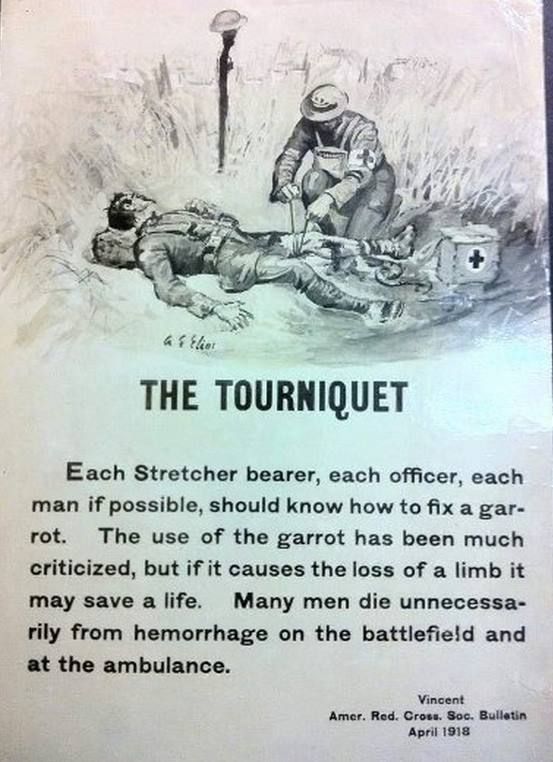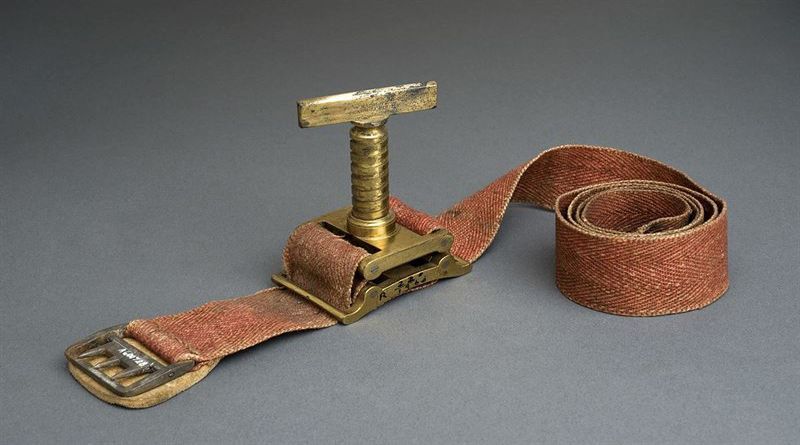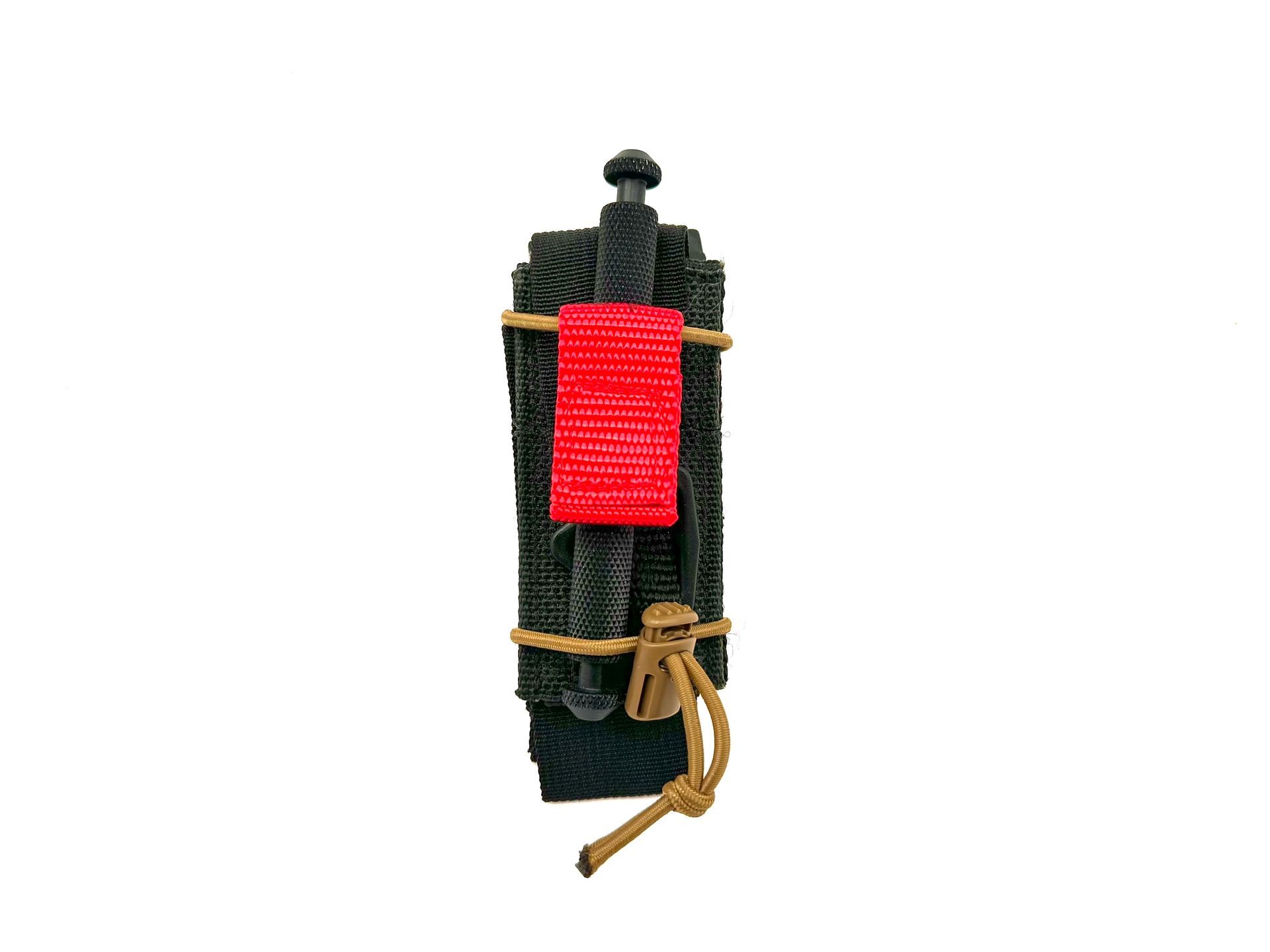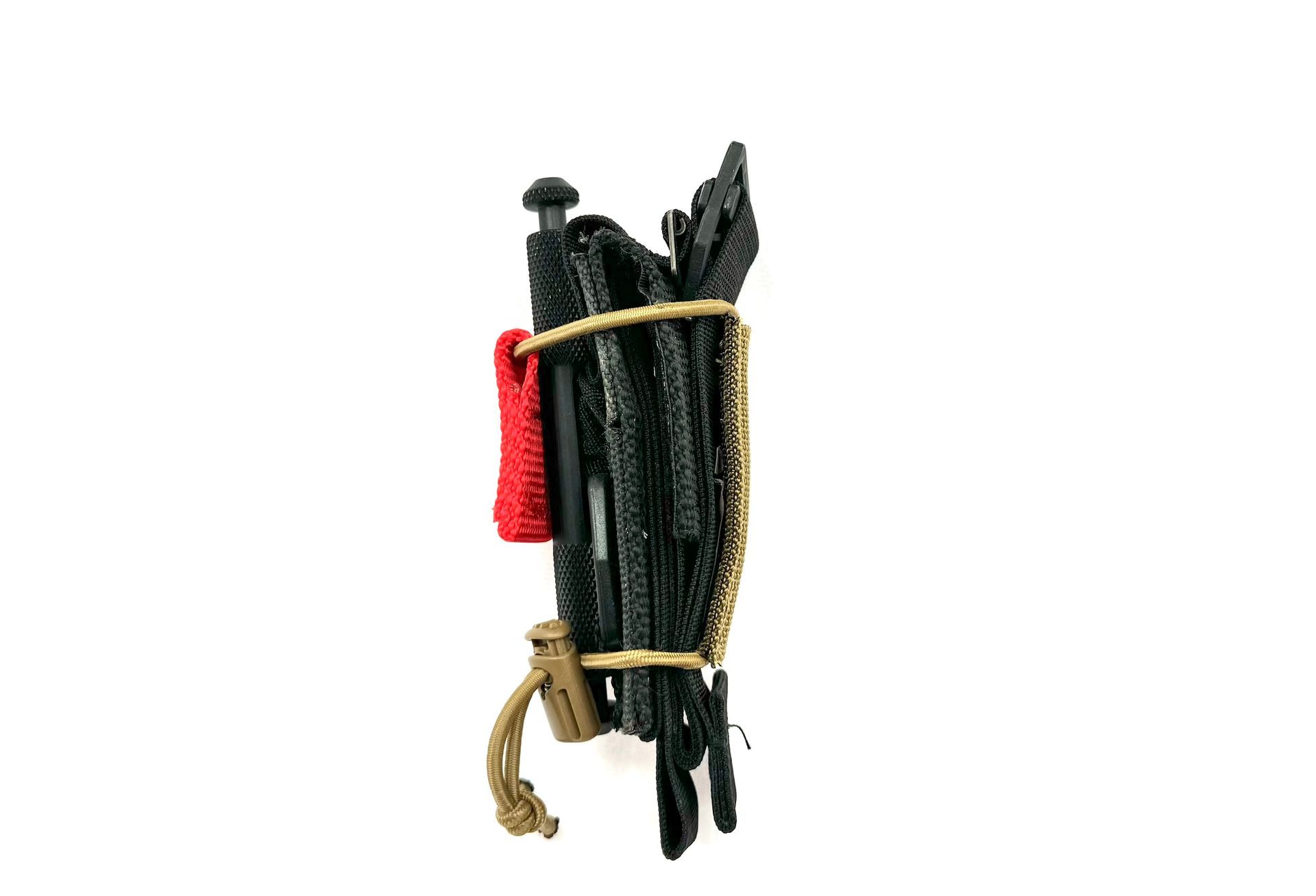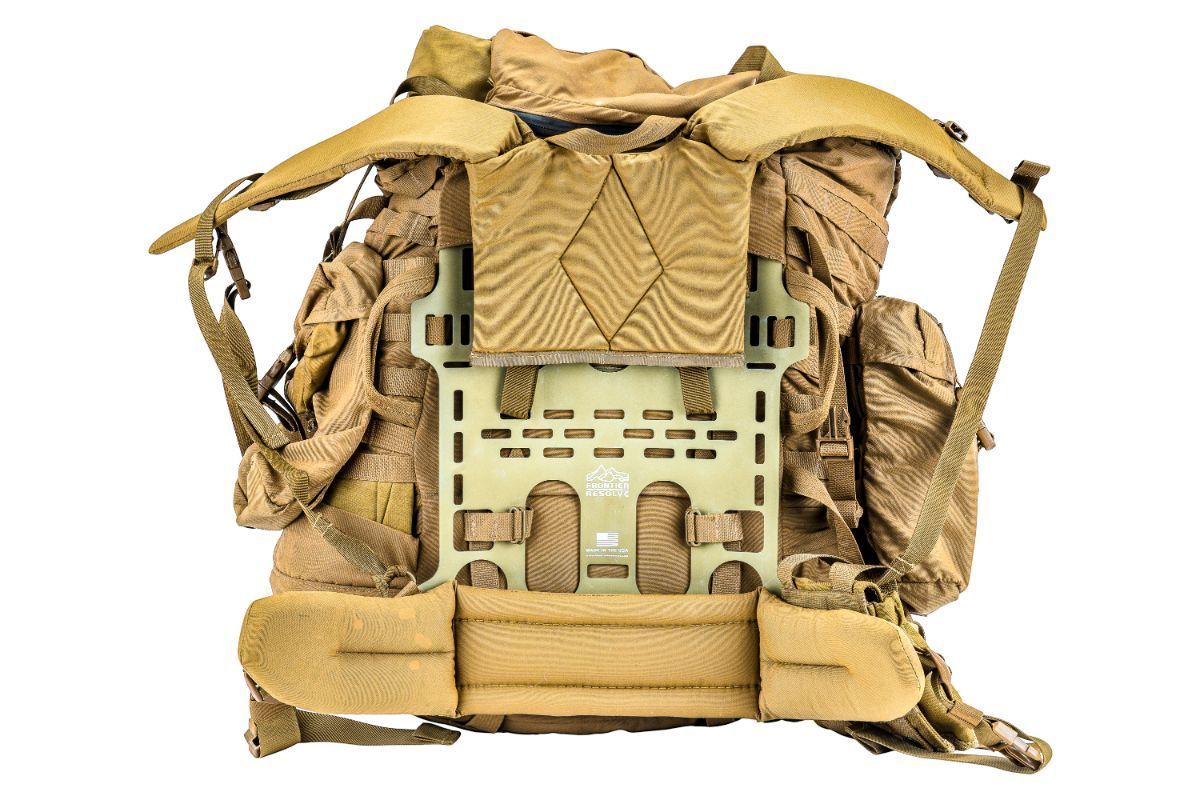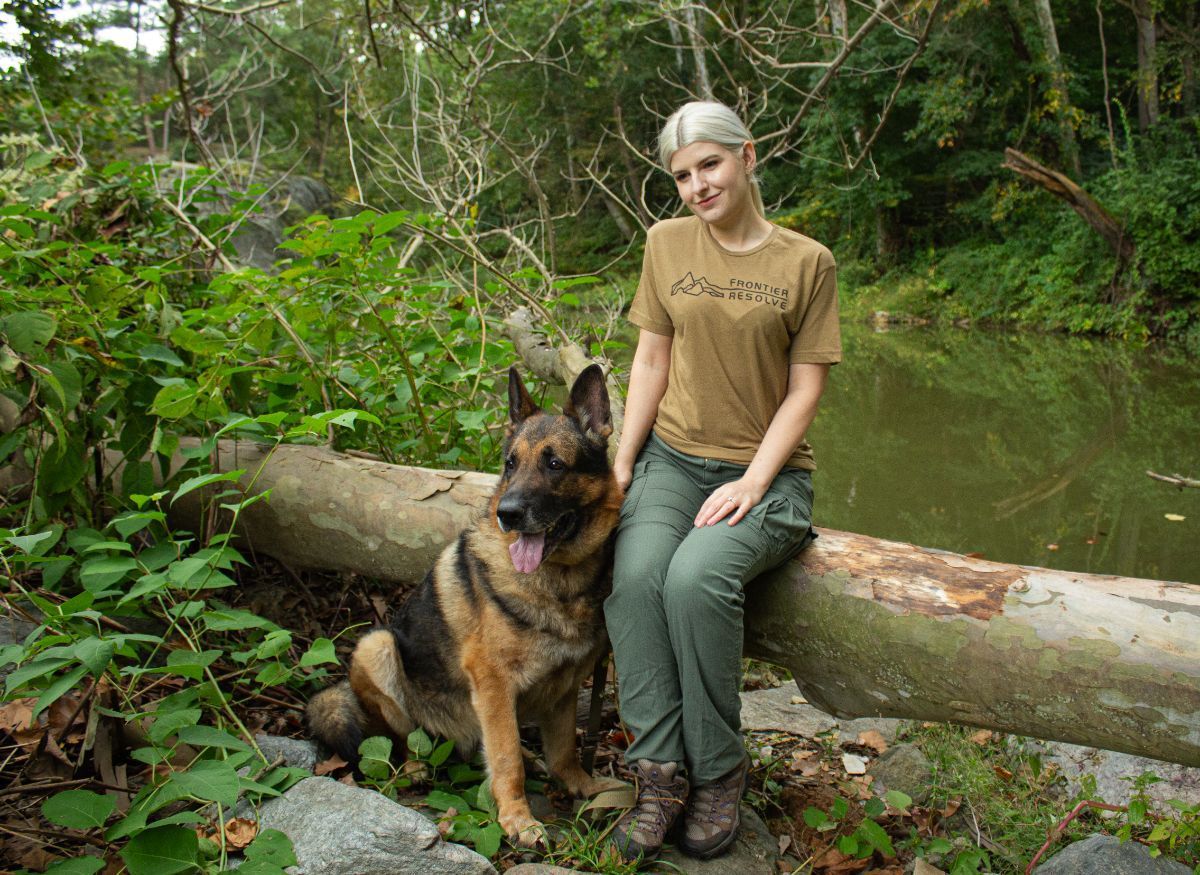Never Say Never.
The life you save, just might be your own.
As a kid growing up, I was taught pretty early on that no one is coming to help my family or save us from peril. I lived deep in the farm country of Pennsylvania, and it was a pretty standard mindset in our community. Farmers would help each other bring in the crops, and help was always there if you were humble enough to ask for it. But the most devastating things that could happen, happened so quickly that there was no time to wait for help. A fire, a home invasion, a bad injury, all could be lost long before you would ever hear the sirens off in the distance. Self reliance was something that wasn't admired, it was something expected from everyone. Both of my Grandfathers had fought in the second world war, and had grown up during the Great depression. Although very different men, they shared the same philosophy of self reliance. Nearly every person from that generation did.
One of the first things I learned in Boy Scouts, was first aid. I have a copy of both the Boy Scout handbook, and a copy of the Girl Scout handbook, dating back to the 1950's. They are mirror image to each other, in regards to the importance of first aid. The 1990's copy I had bought brand new when I started Scouts, contained nearly the exact same proven knowledge. My teenage years had not yet arrived by the time I had learned how to build a field expedient tourniquet. Scouts would rehearse this frequently, and we all fully understood how important it could be if an artery was severed from a careless ax swing on a remote camping trip.
After enlisting in the Marines in 2000, I thought that my solid base of First Aid knowledge would be expanded on, and couldn't wait to see what I was going to be taught. I was sorely disappointed. It was barely mentioned in any of my inital training, and seemed not to be an important subject for training once I got to the fleet. We were issued Vietnam-era first aid kits, no different than the one I had bought for $10.00 at an Army/ Navy shop as a kid. The kit was virtually unchanged from the WW2 "jungle first aid kit" carried by Marines in the pacific. The only real improvement to the kit was during the Vietnam war when they added a protective plastic case for the medical contents, and switched the pouch from canvas to nylon. Inside you had bandaids, chapstick, water purification tablets, but little in the form of lifesaving truma materials. There sure as hell was no tourniquet.
The origin of the tourniquet is a contested one, with some evidence of the ancient Roman army using it, as well as Native American Tribes. On a long enough timeline, nearly all people of the earth discovered that you could cut off arterial bleed by clamping off the artery before the injured succumbed to death by blood loss. They would simply take a strip of fabric or leather, tie it around the injured extremity, and then twist it tight with a stick. Keep twisting until the blood stops spurting, and keep it on until a sawbones doctor can get to you. The french were lucky however to get their name to stick. Somewhere during the Napoleonic days, they created the word Tourniquet. A simple derivative of the french word "tourner" = to turn. A humble not to the item's windless, the stick which is turned to clamp off blood flow.
In the year 2001, nothing had changed. Our platoon Corpsmen issued out popsicle sticks, which we layered and taped together with tape to form windlesses for our combat tourniquets. It was paired with a large green triangle of US government issued cotton called a "Cravat", which was more commonly used as a head covering or sweat rag. This was to be our 21st century state of the art life-saving gear. I felt sick, and suddenly understood why we lose so many service men and women to otherwise survivable wounds in war. None of my fellow Marines were familiar with even Boy Scout level first aid, and soon we would be off to war with popsicle sticks and green bandanas in our left trouser's cargo pocket.
The Marines and Army had finally looked at the old Vietnam First aid kits, and the lessons learned in Afghanistan showed the void in both gear and medical training. With The Global War on Terror, factory made tourniquets began to be issued in mass to our troops. They were included with the "Improved First Aid kit" (IFAK) issued to the Army and Marine Corps as early as 2003, which were a huge improvement over the previously issued kits. These IFAKs commonly contained the CAT-type tourniquets, and were packed in with the rest of the medical gear contained in the IFAK. This made it hard to get the TQ out quickly, particularly if it was to be self-applied. We were forbidden from taking it out and practicing with it, By I got lucky. My platoon had one of the best US Navy Corpsmen I have ever met, newly reassigned. He had been sent to Kosovo in the 1990's, and went into Afghanistan with the first wave of Marines at the start of the war. For a period of time, he was the only combat vet in our unit. I stuck to "Doc" like glue, and learned as much as I could. He conducted periods of medial instruction for the Marines, and got extra tourniquets for us to practice with. Later on I found out that he had a role in the Marine Corps starting it's "Combat lifesaver" program, an advanced medical course that in later years would become mandatory for deploying units.
Doc realized that the added trouble was that there was only one tourniquet issued, but a human being has four limbs. He got us as many extra TQs as he could. Now the problem of where and how to stow them.
Our guys came up with all sorts of carriage solutions such as using rubber bands, loops of bicycle tire (ranger bands), or simply stowing the TQ's in a common issued pouch, like a magazine or smoke grenade pouch. The bands would degrade in the sun and fail quickly, and placing a TQ in a pouch designed for a different piece of gear made it hard to find if someone was trying to apply buddy-aid to the wounded. The only "uniformity" we had was the IFAK location on our gear, and the known TQ that lived inside it. I started to experiment with different was to carry my TQs, and hated them all. Soon I figured out how to make simple, self explanatory holders out of shock cord and nylon webbing. After my first deployment, I started making them on a sewing machine in my barracks room. I was grateful that I had learned how to hand and machine sew as a kid. It has proven to be a good life skill. That self-reliance thing again.
Now some twenty years later, Everyone knows what a tourniquet is. All combat arms in the military teach its use, and I strongly believe that we have the best medically trained personnel in the history of American military. I'd venture to say that your average soldier or Marine is close to being on par with the level of training that medics and Corpsmen received for the Vietnam war. Our battlefield survivability has exponentially increased because of this equipment and training, an undeniable fact.
In later years of my service, I would make a little speech to the Marines I was incharge of immediately before we would do our medical training. It encouraged them to take it serious, and that it is as important as being able to shoot well, or any other cool or exciting thing they would rather be learning. "All of you think this is a combat skill, you are wrong. This is a life skill" I would tell them. "Someday, your daughter might get hit by a car while riding her bike, or your son shot by some idiot while deer hunting. Wouldn't you want the ability to save their lives? To save your own life, the lives of the ones you love, the lives of the brothers to your left and right, if Doc goes down wounded? One is as likely as the next, so never say never."
I'm pleased to see Law enforcement officers carrying tourniquets now. There are numerous videos of them saving civilian lives. I am happy to see civilians buying tourniquets to take along hiking and camping. I'm thrilled to see more people here at home, learning how to save lives and carrying the tools to do so. I encourage EVERYONE to go get CPR certified, to take a Trauma Course that's based of TCCC protocol , and to refresh themselves on the use of everything in their med kits at least once a year.
I don't care if you are running a chainsaw out back, working with power tools on a jobsite, out in the deepwoods birdwatching, whatever: Carry your gear, and know how to use it. Never say never.
-Nate




